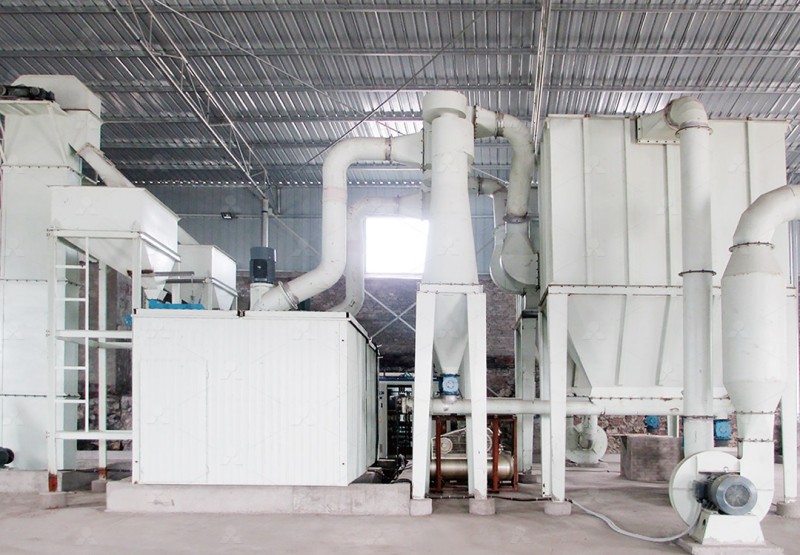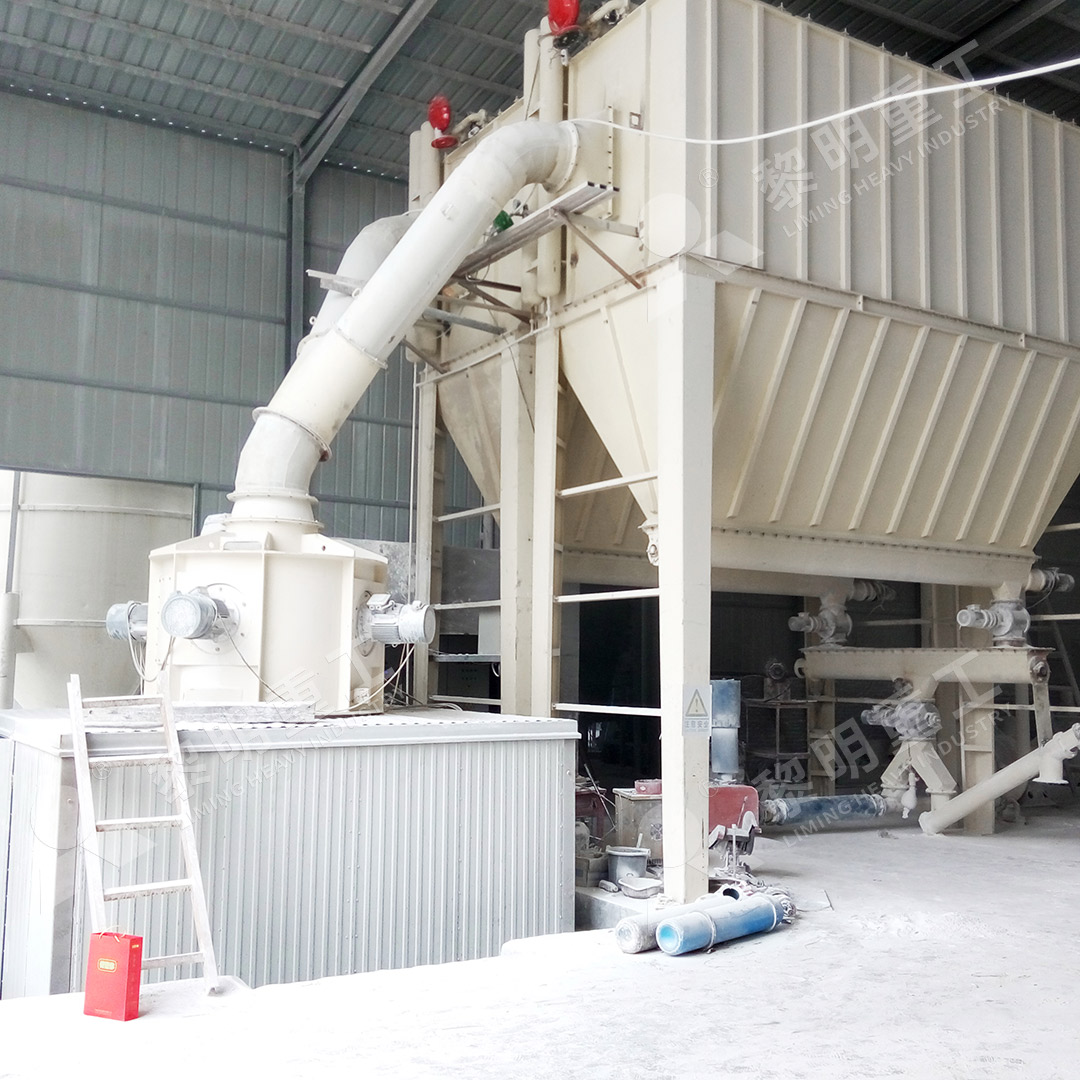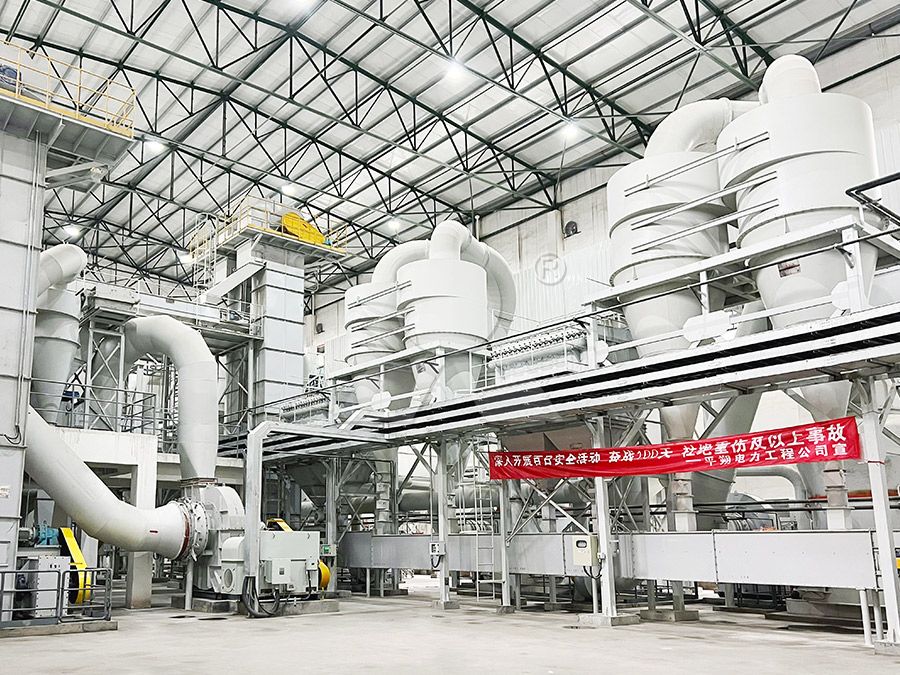How to Choose the Best Raymond Mill Manufacturer: A Comprehensive Guide
How to Choose the Best Raymond Mill Manufacturer: A Comprehensive Guide
Selecting the right Raymond mill manufacturer can significantly impact your operational efficiency, product quality, and long-term profitability. With numerous options available in the market, making an informed decision requires careful consideration of several critical factors.
As industry professionals know, not all grinding mills are created equal. The differences in engineering, material quality, and technological innovation can translate into substantial variations in performance, maintenance requirements, and total cost of ownership.
Key Considerations When Selecting a Manufacturer
Technical Expertise and Experience: Look for manufacturers with proven experience in grinding mill technology. Companies with decades of specialization typically have refined their designs through continuous improvement and real-world application feedback.
Customization Capabilities: Your specific application may require tailored solutions. The ability to modify standard designs to meet unique processing requirements is a hallmark of superior manufacturers.
Quality of Construction: Examine the materials used in critical components. High-quality alloy steels in grinding rollers and rings, precision machining tolerances, and robust structural design all contribute to longer service life and consistent performance.
After-Sales Support: Comprehensive technical support, readily available spare parts, and responsive service teams are essential for minimizing downtime and ensuring continuous operation.

Advanced Grinding Solutions for Modern Requirements
For operations requiring ultra-fine powder production with exceptional efficiency, the MW Ultrafine Grinding Mill represents a significant technological advancement. This innovative equipment processes materials with input sizes of 0-20 mm at capacities ranging from 0.5 to 25 tph, making it suitable for various industrial applications.
The MW series stands out with its higher yielding capacity and lower energy consumption compared to traditional grinding solutions. With newly designed grinding curves of the grinding roller and ring, this mill achieves 40% higher production capacity than jet grinding mills and stirred grinding mills at the same fineness and power settings. Remarkably, the system energy consumption is only 30% of comparable jet grinding mills.
What truly sets this equipment apart is its adjustable fineness between 325-2500 meshes, achieved through German cage-type powder selector technology. This precision separation capability, combined with the absence of rolling bearings and screws in the grinding chamber, eliminates common failure points and enables continuous 24-hour operation.

Environmental and Operational Advantages
Modern manufacturing demands environmentally responsible operations. The MW Ultrafine Grinding Mill addresses this requirement with its efficient pulse dust collector and muffler system, effectively reducing dust and noise pollution. The entire production process complies with national environmental protection standards, ensuring your operation remains sustainable and community-friendly.
Another excellent option for precision grinding applications is the LUM Ultrafine Vertical Grinding Mill, which integrates ultrafine powder grinding, grading, and transporting in a single system. With an input size of 0-10 mm and capacity of 5-18 tph, this mill features PLC control systems and multi-head powder separating technology that reduces energy consumption by 30%-50% compared to conventional mills.
Making the Final Decision
When evaluating potential manufacturers, request detailed performance data specific to your materials. Reputable companies will provide comprehensive technical specifications and, when possible, arrange material testing to demonstrate equipment capabilities.
Consider the total cost of ownership rather than just the initial investment. Factors such as energy efficiency, maintenance requirements, spare parts availability, and expected service life all contribute to the long-term economic viability of your grinding solution.

Frequently Asked Questions
What is the typical lead time for a new Raymond mill installation?
Lead times vary by manufacturer and equipment complexity, but typically range from 4-12 weeks after order confirmation. Custom configurations may require additional time.
How often do grinding rollers and rings need replacement?
Service life depends on material abrasiveness and operating conditions. High-quality alloy components in mills like the MW series typically last significantly longer than standard materials, with some applications seeing 1.7-2.5 times extended service life.
Can grinding mills handle materials with varying moisture content?
Many modern mills integrate drying capabilities. The LUM Ultrafine Vertical Grinding Mill, for instance, can process materials with some moisture content while maintaining grinding efficiency.
What technical support is typically provided after installation?
Reputable manufacturers offer comprehensive support including installation supervision, operator training, maintenance guidance, and readily available spare parts to ensure worry-free operation.
How does the energy consumption of newer mill models compare to traditional designs?
Advanced designs like the MW Ultrafine Grinding Mill can reduce energy consumption by 30-50% compared to conventional mills, providing significant operational cost savings over time.
